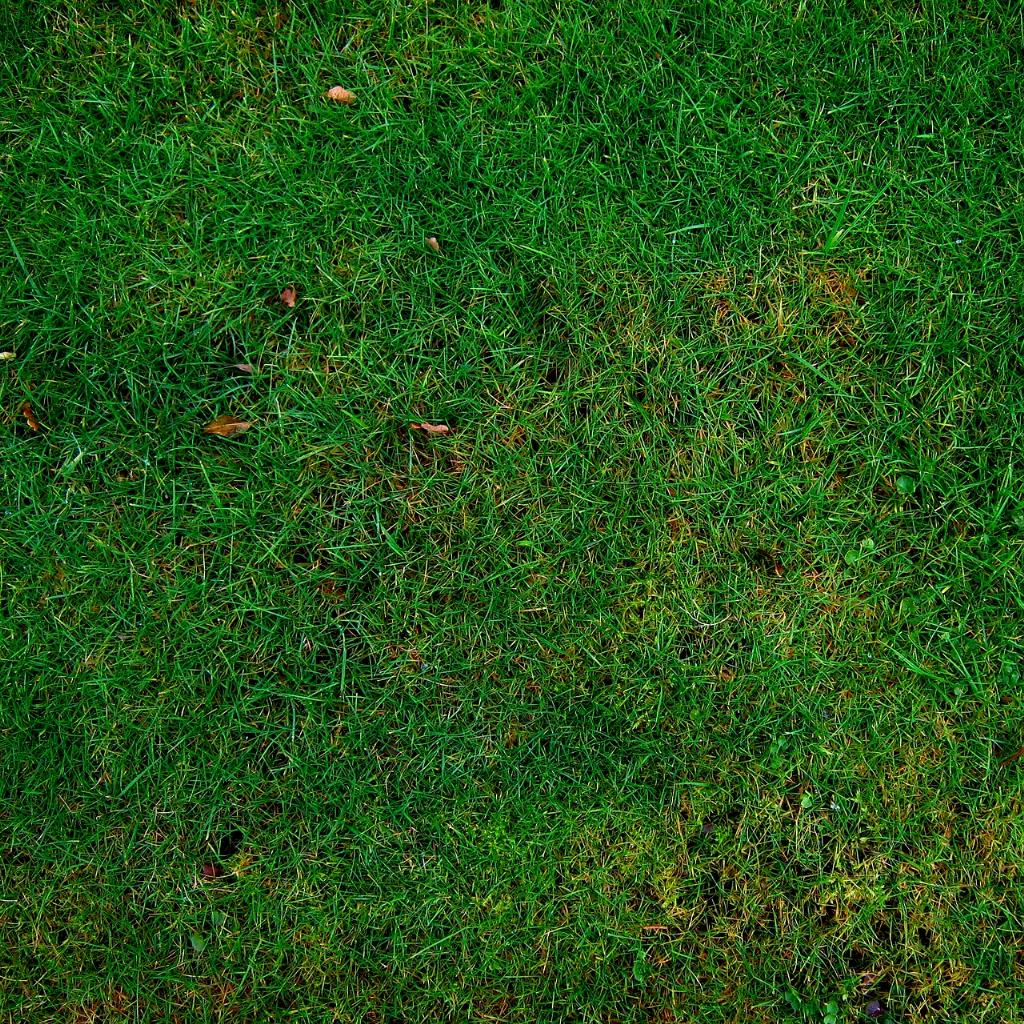When it comes to the age-old debate of whether to rake or mulch leaves, the choice can have a significant impact on the health and appearance of your lawn. Mulching leaves offers a multitude of benefits that can help nurture your lawn and contribute to its overall well-being.
One of the key advantages of mulching leaves is that it provides your lawn with a natural source of fertilizer. As the leaves break down, they release essential nutrients back into the soil, enriching it and promoting healthy grass growth. This natural fertilization process can help strengthen your lawn and encourage lush, green turf.
In addition to fertilizing your lawn, mulching leaves can also introduce beneficial organic matter into the soil. This organic material helps improve soil structure, retains moisture, and enhances nutrient retention, creating a more hospitable environment for grass roots to thrive and develop deep, strong systems.
Furthermore, mulching leaves into your lawn can act as a protective layer that helps insulate the soil during harsh weather conditions. This layer of mulch can shield the grass roots from extreme temperatures, prevent moisture loss, and reduce the risk of soil erosion, ultimately promoting a healthier and more resilient lawn.
One often-overlooked benefit of mulching leaves is its ability to suppress the growth of weeds in your lawn. By mulching leaves into the grass, you create a dense covering that inhibits weed seeds from germinating and taking root. This natural weed control method can significantly reduce the presence of common lawn weeds like dandelions and crabgrass, helping your lawn maintain a cleaner and more uniform appearance.
Moreover, mulching leaves is a sustainable practice that can benefit the environment by reducing waste and minimizing the need for chemical fertilizers. Instead of bagging and disposing of leaves, you can recycle them back into your lawn, fostering a closed-loop system that promotes ecological balance and sustainability.
It’s important to note that successful leaf mulching requires the use of a mulching mower or a mower equipped with a mulching blade. These specialized tools are designed to finely chop the leaves into smaller pieces that can easily decompose and integrate into the soil, providing your lawn with all the valuable nutrients and benefits that mulching offers.
Before you start mulching leaves into your lawn, consider the leaf coverage and thickness. A heavy layer of leaves can smother the grass and create a barrier that prevents sunlight, water, and air from reaching the soil, potentially harming the lawn. To avoid suffocating your grass, mulch leaves in thin layers or adjust the mowing height to ensure proper leaf dispersion.
It’s also essential to time your leaf mulching efforts appropriately. Aim to mulch leaves when they are dry to achieve a finer mulch texture and prevent clumping. Avoid mulching wet leaves, as they can clog the mower and create a dense layer that impedes decomposition and hinders soil absorption.
In conclusion, mulching leaves can offer a wealth of benefits for your lawn, including natural fertilization, organic matter enrichment, weed suppression, soil insulation, and environmental sustainability. By incorporating leaf mulching into your lawn care routine, you can promote a healthier, greener, and more vibrant lawn that thrives throughout the seasons.
So, the next time you ponder whether to rake or mulch your leaves, consider the numerous advantages that mulching can bring to your lawn and embrace this eco-friendly practice to nurture and enhance your outdoor space effectively.

